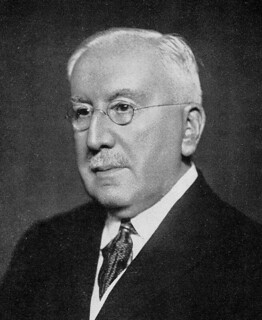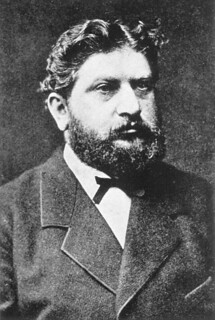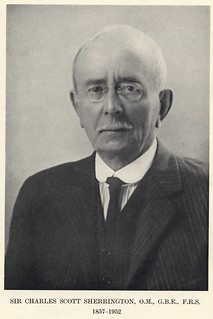What kinds of evidence were convincing to physiologists during the 1880s and 1890s? Perhaps the best-established form of evidence in the life sciences at this time was the anatomical specimen. Physiology remained very close to anatomy at this time, with pathologists, zoologists and embryologists all looking to museum specimens to support their views. In addition, experimental witnessing - the production of agreement regarding the facts of nature - was crucial. As Simon Schaffer and Steven Shapin detail in Leviathan and the Air Pump, to see an experiment conducted, or follow the observational method as described by another experimenter, had been a stock means of establishing scientific truth since the seventeenth century.
This story addresses some examples of a kind of witnessable object that came to be accorded a particularly prominent place in nineteenth-century physiology - the microscope slide. Microscopy encompassed both anatomical and experimental forms of evidence, enabling both the observation of minute features of life, and, properly prepared, the study of very fine anatomical structures. An object 'fixed' on a slide could also offer evidence regarding the changes that microscopic entities underwent when still alive. Thousands of slides were created over the nineteenth century, many of which still survive in museums and historical collections today. Many of these represent rather more than their initial appearances might suggest. The slides below, for example, say as much about the history of microscopy in Britain as they do regarding the nature of life.
These slides, taken from a collection gathered by the eminent physiologist Charles S. Sherrington, are good examples of the sort of material that physiologists created during their microscope studies in the late nineteenth century. Indeed, they may well originate from this time, as at least one of them appears to be a study of the formation of scar tissue - a topic that Sherrington and Charles A. Ballance paid particular attention to at the between 1887 and 1889.

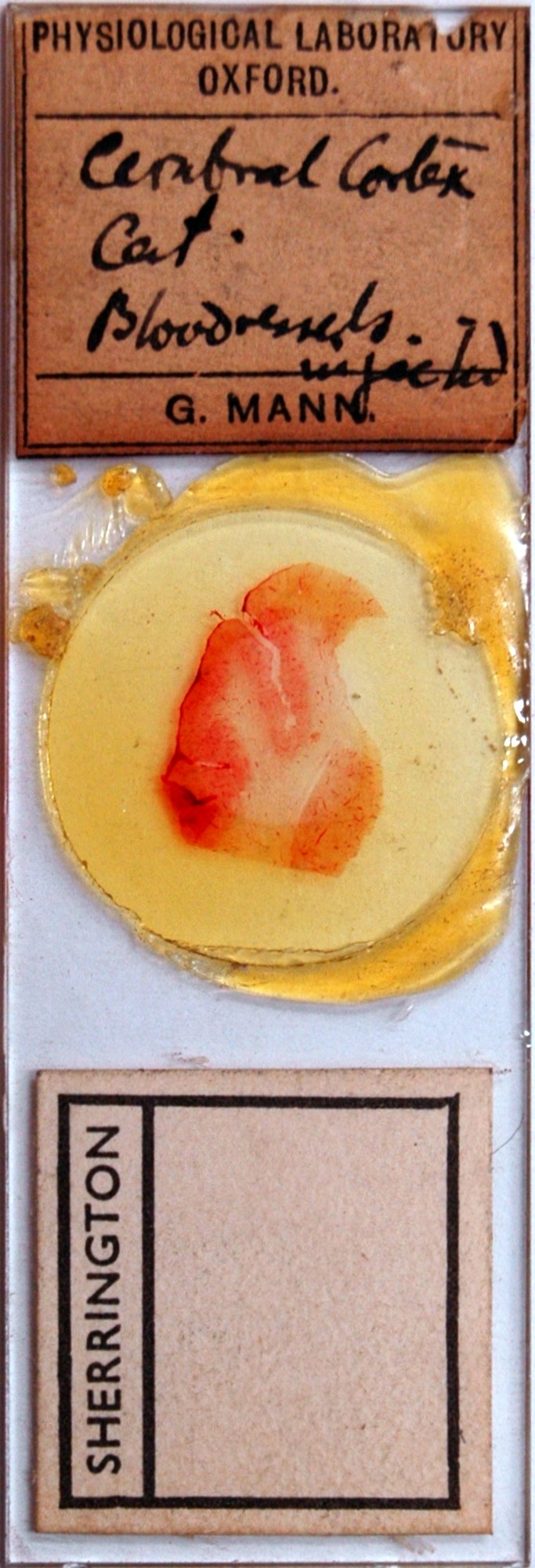
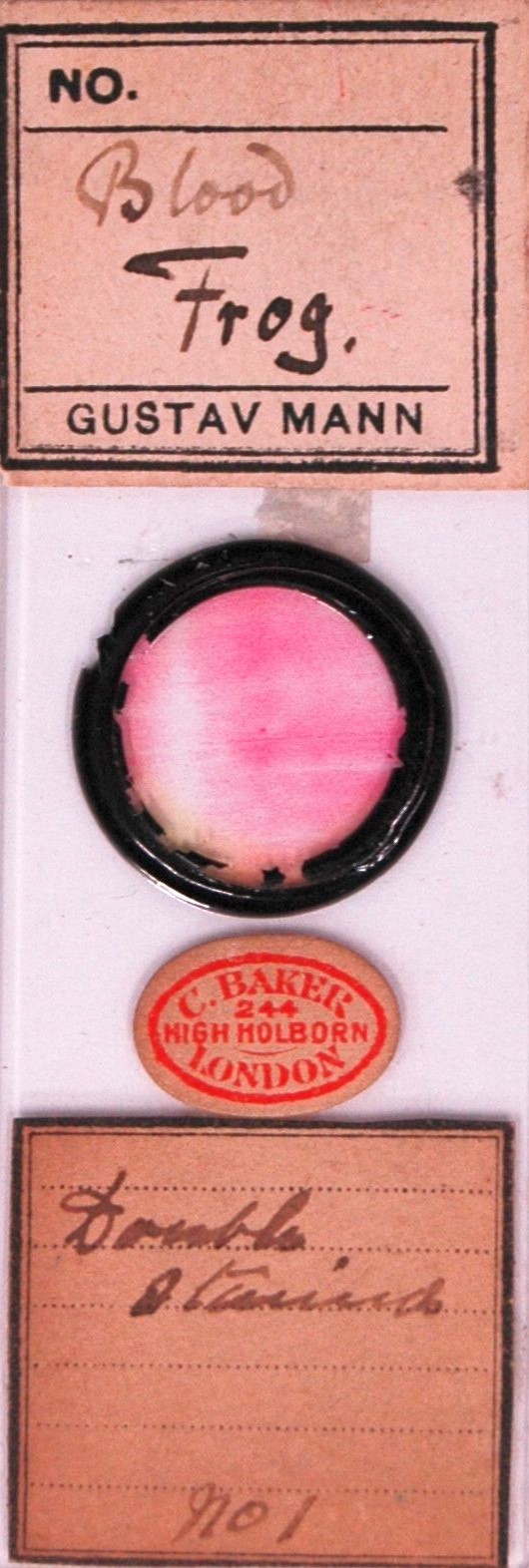
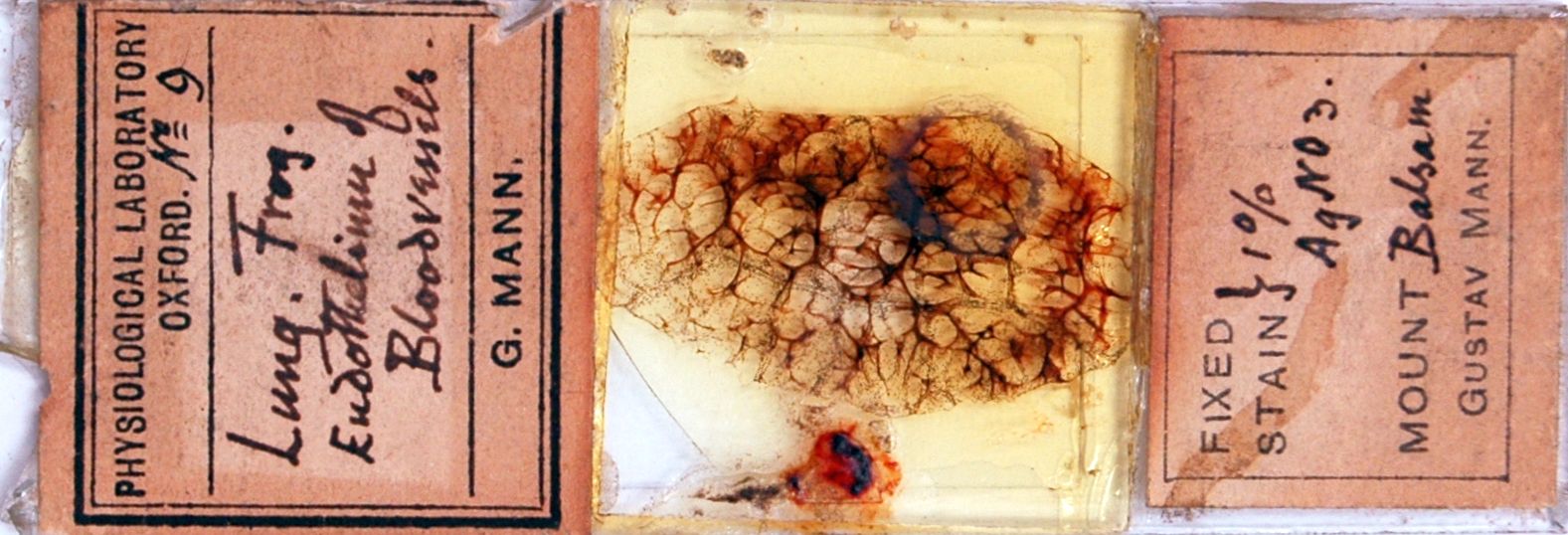
Ballance and Sherrington - a collaborative relationship
Ballance and Sherrington almost certainly first met in 1876, when both enrolled as medical students at St Thomas’s Hospital, London. Sherrington was then only 19 years old - a year younger than his fellow student. Whilst little is known about the five years that they spent at this institution, there is no doubt that the two budding medical practitioners would have been presented with plenty of opportunities to get to know one another.
In 1881, the two parted ways. Ballance chose to continue his education in the capital (becoming a University of London Master of Surgery in 1882), and Sherrington headed to Cambridge to complete the natural sciences tripos there. Both were however gradually drawn back to the institution at which they had gained their first sustained exposure to the workings of the body. Indeed Ballance seems hardly to have left, returning first as St Thomas's aural surgeon in 1885, and in 1891 being elected assistant surgeon there. Meanwhile, Sherrington found himself exposed to the latest in physiological research at Cambridge, working with such luminaries as Michael Foster, Walter H. Gaskell, and Francis Maitland Balfour. Having spent some time travelling Europe, studying with physiologists in France and Germany and conducting studies of ‘asiatic cholera' in Spain and Italy, Sherrington arrived back in London in 1887. Like Ballance, he returned to St Thomas’s, taking up an appointment as lecturer in systematic physiology at the hospital. Each had gained experience that was to prove indispensable to the collaborative relationship that they forged with one another.
Though both figures would go on to find fame for their work on the nervous system, it was the rather less rarefied topic of ‘inflammation’ that presented occasion for collaboration at the hospital. Since the middle decades of the nineteenth century, physiologists had been debating questions surrounding the local causes and effects of inflammation in the body. The matter had been of particular concern in Germany, with the ideas of ‘localists’ such as Rudolph Virchow, who believed that pus cells were produced by other cells closely connected to damaged areas of the body, gradually being pushed aside by the notion that ‘Wanderzellen’, or wandering cells from elsewhere in the body, were in fact its source. As Russel C. Maulitz has highlighted, this latter idea had been elaborated most authoritatively by Julius Cohnheim, a student of Virchow, who had in 1867 identified these wandering cells as leukocytes (white blood corpuscles).
Working twenty years after the publication of Cohnheim’s thesis, Sherrington and Ballance had little doubt as to the connection of white blood cells with the formation of pus and new tissue. Less clear, however, was exactly where the material for this tissue came from. Cohnheim had suggested that it was the leukocytes that formed the material for new cells, transforming themselves into ‘granular’ cells, and then into tissues. Sherrington and Ballance, however, would point to a growing body of literature casting doubt on the claim.
Some of the most convincing supporting evidence for Cohnheim’s views on the formation of tissues had come from Ernst Ziegler, a student of the pathologist Edwin Klebs. Sherrington and Ballance relate how Ziegler had, during the early 1870s, developed a novel technique by which the formation of new tissue could be studied. By inserting two glass plates into a wound in an experimental animal, he had created a chamber that filled with pus-like material, but which remained isolated from the nearby healthy cells that Virchow and others understood to be the source of new tissue. The cells in the chamber, according to Ziegler, could be seen to develop from leukocytes, into larger ‘granular’cells, and finally into new blood vessels and connective tissue – thus confirming Cohnheim’s suggestion.
Observing that a number of physiologists had cast doubt on these conclusions, Sherrington and Ballance decided to repeat Ziegler's study. Their report of the repeated experiment describes a wide variety of cell-types found in the chambers. Unsurprisingly prominent amongst these were leucocytes, but also a ‘bewildering number of… large amoeboid plasma-cells’ (558), like the granular cells that Ziegler had described in 1875. Significantly, the two researchers could not find leukocytes in a state of transition into these tissue-building plasma cells. Indeed, plasma cells, they suggested, were seen to ingest the leukocytes rather that originate from them. Wandering leucocytes were merely the ‘pioneers’ of tissue repair, allowing plasma cells from nearby cellular structures to move in and replace damaged material. Neither localists nor adherents of the Wanderzellen theory were entirely correct. Rather, each side had apprehended only one aspect of the complex process of inflammation and subsequent tissue formation.
The power of slides
Despite the growing feeling that Cohnheim had accorded leukocytes rather too much weight in the process of tissue formation, his ideas remained well-supported in Germany during the late 1880s. Ziegler, whose text-book on pathological anatomy had been translated in to English in 1884, was widely histological science at this time. And it was precisely an effect on Ziegler’s views that Ballance would later recall their study as having.
Ballance and Sherrington accorded slides such as the above a key role in the publicization of their results. For the 1890 meeting of the British Medical Association, held in Birmingham, they created a ‘lantern demonstration’ highlighting their results. The British Medical Journal reported that Sherrington gave a similar talk at the Second International Congress of Physiology, held in Liége that same year. It was in Berlin, however, at that year’s International Medical Congress, that Balance remembered the slides as having their greatest impact:
a lantern demonstration of the experimental results was given… and in the discussion which followed a dramatic incident occurred - Ziegler threw over his previous belief in Cohnheim's views and accepted the conclusions of Sherrington and myself with regard to the conduct and fate of the leucocyte and connective tissue cell. (67)
According to Ballance, Ziegler, so long a supporter of the wandering cell hypothesis of tissue formation, found Ballance and Sherrington's presentation of their results so persuasive that he was able to change his stance on the matter immediately. As already mentioned, in 1890 the reputation of neither Sherrington nor Ballance was particularly great. It would have been entirely possible for Ziegler to ignore their conclusions and walk away from the debate and back to his professorship in Freiburg. Yet he did not do so. That he didn't is testimony to the persuasive power that the demonstration of slides could have in the physiological world of the late nineteenth century.
- No links match your filters. Clear Filters



